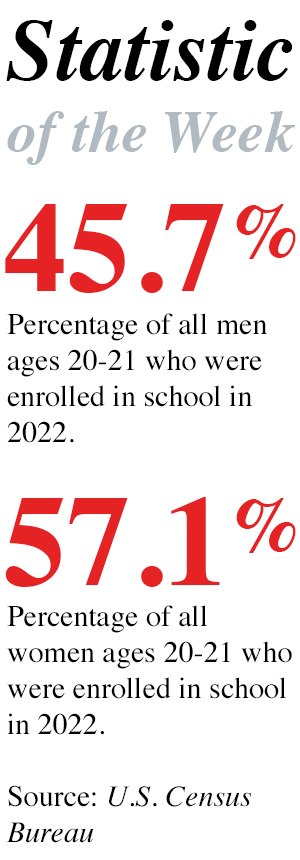Federal Cap on Monetary Damages for Workplace Sexual Harassment Lowers Incentive for Firms to Combat It
Posted on Mar 20, 2019 | Comments 0
 According to a study from an economist at Vanderbilt University, the current federal cap on monetary damages for workplace sexual harassment is far too low. Thus firms have little or no incentive to take stronger measures to prevent the behavior. The author, Joni Hersch, believes that one of the reasons sexual misconduct is prevalent in the workplace is that addressing these problems is difficult and expensive, making it actually more cost-effective for companies to simply pay any penalties that arise.
According to a study from an economist at Vanderbilt University, the current federal cap on monetary damages for workplace sexual harassment is far too low. Thus firms have little or no incentive to take stronger measures to prevent the behavior. The author, Joni Hersch, believes that one of the reasons sexual misconduct is prevalent in the workplace is that addressing these problems is difficult and expensive, making it actually more cost-effective for companies to simply pay any penalties that arise.
“My approach to identifying the level of damages that would incentivize firms to deter sexual harassment started by recognizing that sexual harassment is a job risk,” Dr. Hersch said. “We know workers must be paid more to work on jobs with a higher risk of fatality or injury. But it wasn’t known whether firms had to pay workers more when they face a higher risk of sexual harassment.”
Using sexual harassment data from the Equal Employment Opportunity Commission, Dr. Hersch calculated the risk of sexual harassment by gender, industry, and age. She found that in industries where sexual harassment is more prevalent, women were paid more. That worked out to an average about $500 per year per female worker in a firm with an average rate of sexual harassment relative to firms with little or no risk of sexual harassment.
Using the risk of harassment, average wages, hours worked and the number of employees, Dr. Hersch was able to develop a formula for calculating the value of statistical harassment — the necessary damages award at which it is more cost-effective for a company to avoid one case of sexual harassment that results in a legal charge than to pay employees to bear the risk of it.
In today’s dollars, that works out to $7.6 million on average. This figure reflects the average societal harm caused by sexual harassment as revealed by the hazard pay workers require to be willing to be exposed to this risk. Dr. Hersch also notes that harassers are often valued employees, implementing measures to stop sexual harassment costs money, these cases rarely get to court, and damages are capped at very low levels.
“You’d think the cost of paying women more for their exposure to sexual harassment risk would deter companies from ignoring the problem,” Dr. Hersch said. “But obviously that’s not sufficient.”
 Dr. Hersch is the Cornelius Vanderbilt Professor of Law and Economics at Vanderbilt Law School, with secondary appointments in the department of economics and the Owen Graduate School of Management. She also serves as the co-founder and co-director of Vanderbilt’s Ph.D. program in law and economics. She holds a bachelor’s degree in mathematics from the University of South Florida and a Ph.D. in economics from Northwestern University.
Dr. Hersch is the Cornelius Vanderbilt Professor of Law and Economics at Vanderbilt Law School, with secondary appointments in the department of economics and the Owen Graduate School of Management. She also serves as the co-founder and co-director of Vanderbilt’s Ph.D. program in law and economics. She holds a bachelor’s degree in mathematics from the University of South Florida and a Ph.D. in economics from Northwestern University.
The full study, “Valuing the Risk of Workplace Sexual Harassment,” was published in the Journal of Risk and Uncertainty. It may be accessed here.
Filed Under: Research/Study








